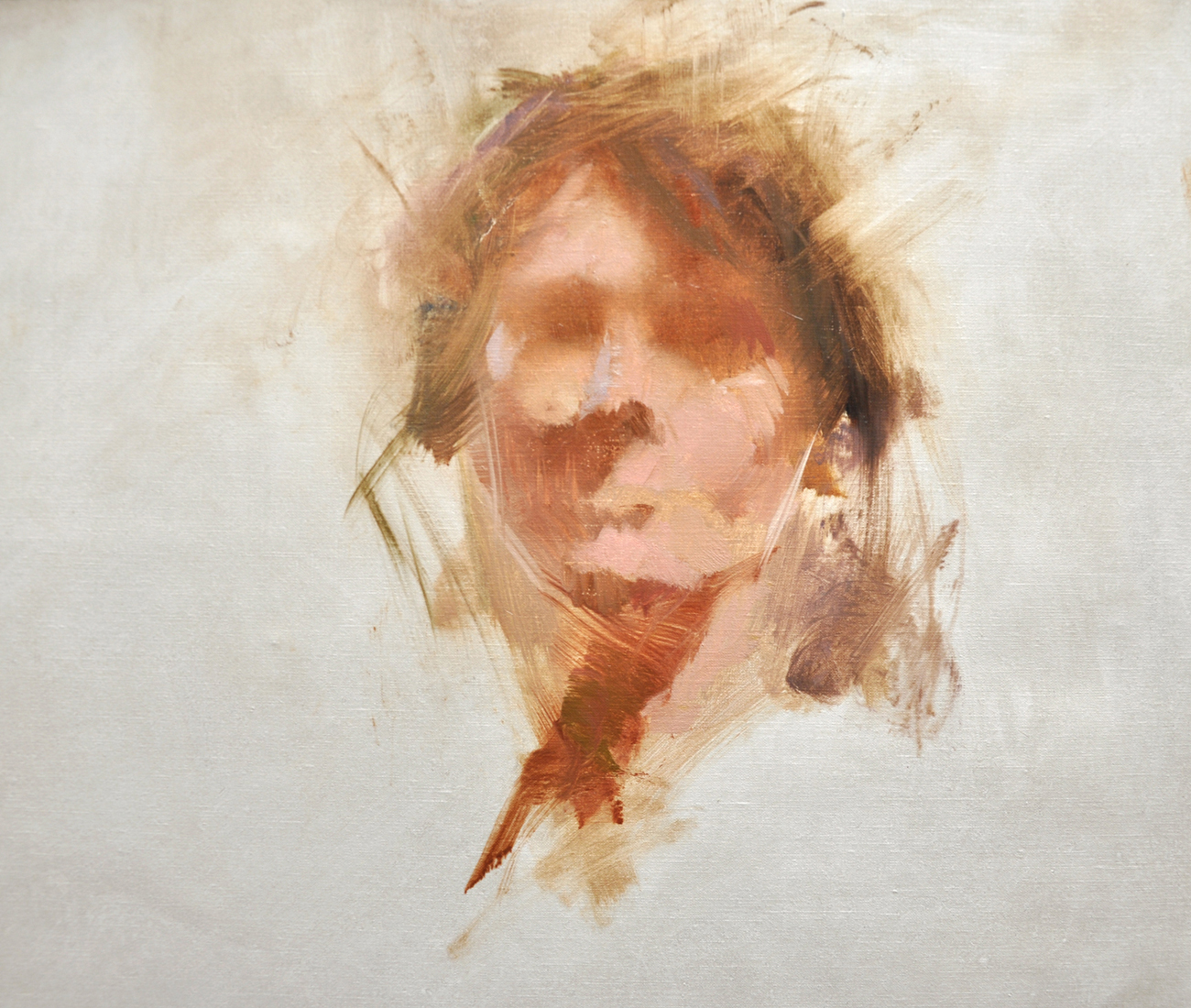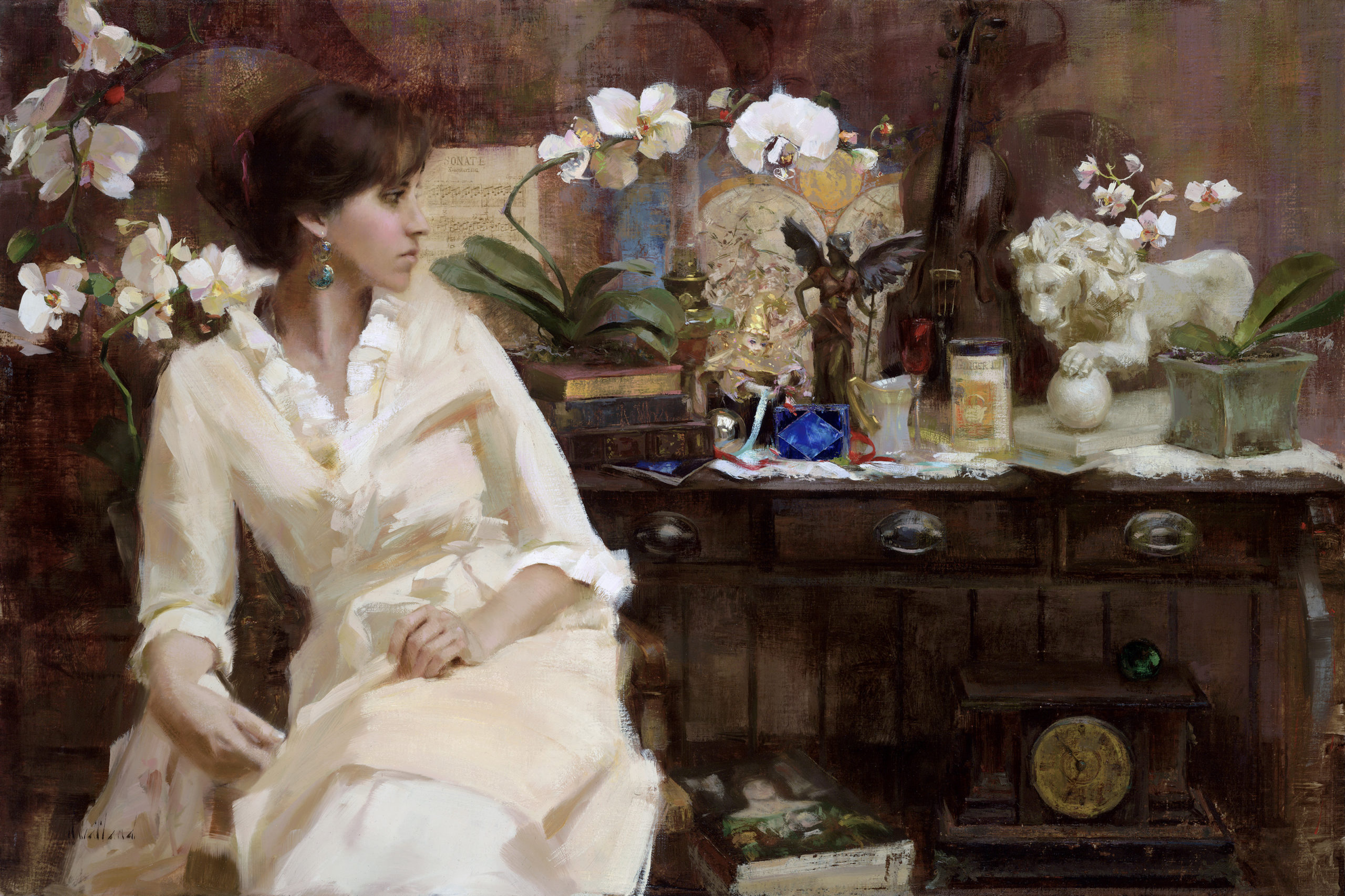How Figurative Oil Painting Transforms Standard Artistic Expression
How Figurative Oil Painting Transforms Standard Artistic Expression
Blog Article
The Evolution of Figurative Oil Painting: Comprehending Its Historic Value and Modern Interpretations
The evolution of figurative oil painting functions as an engaging lens whereby to analyze the interaction in between creative expression and historic context. From the thorough naturalism of the Renaissance to the stirring power of the Baroque, each period has actually contributed layers of significance and strategy to this ageless tool. Contemporary artists, attracting from this rich heritage, are currently reinterpreting the human number in methods that test conventional narratives. As we discover these transformations, one must take into consideration exactly how the dialogue between past and existing informs not only artistic technique but likewise social reflections in an increasingly complicated world.
Beginnings of Metaphorical Oil Paint
The beginnings of figurative oil paint can be traced back to the early Renaissance in Europe, particularly in the 15th century. This period marked a significant departure from the flat depictions and inflexible forms characteristic of middle ages art. Musicians started to check out naturalism, stressing the human figure and its emotional expression. The growth of oil paint permitted higher depth of shade and information, boosting the realistic look and vibrancy of their job.

In this transformative era, figures were commonly portrayed within contextually rich atmospheres, showcasing not only their physical features but also their mental states. Leaders such as Jan van Eyck and Titian took advantage of the tool's convenience, using layering techniques to achieve luminance and appearance. This technology facilitated the portrayal of detailed textiles and the subtleties of skin tones, adding to the growth of portrait and narrative scenes.
Furthermore, the Renaissance focus on humanism fostered a recognition for uniqueness, which in turn affected musicians to create more relatable and dynamic figures - figurative oil painting. Because of this, figurative oil painting emerged as a powerful car for storytelling and emotional involvement, laying the foundation for future artistic movements and styles
Secret Historical Movements
Considerable historic motions have shaped the development of figurative oil painting, each adding distinct philosophies and techniques that expanded the tool's possibilities. The Renaissance marked a turning point, stressing realistic look and the human type, with musicians like Leonardo da Vinci and Michelangelo pressing the limits of physiological precision and perspective. Following this, the Baroque era brought remarkable contrasts of light and darkness, exemplified by Caravaggio, that infused spiritual motifs with extreme emotionality.
The 19th century presented Romanticism and Realism, where musicians such as Delacroix and Courbet tested timeless perfects, focusing on private expression and everyday life. The introduction of Impressionism better changed the medium by emphasizing the results of light and color, causing a separation from traditional depiction.
In the very early 20th century, movements like Expressionism and Cubism redefined metaphorical paint through abstraction and the expedition of emotional deepness. Each of these motions not just showed the societal adjustments of their times yet likewise prepared for contemporary analyses. The interaction in between these historic movements has actually produced an abundant tapestry of designs and philosophies, affecting modern artists in their quest of recording the human experience on canvas.
Methods and Materials Advancement

Throughout the Baroque period, techniques such as chiaroscuro and sfumato arised, enhancing the emotional vibration of metaphorical structures. Musicians started to explore lusters and impasto, adjusting texture and brightness. By the 19th century, technologies like using pre-mixed paints in tubes reinvented ease of access, enabling artists to repaint en plein air and record the short lived impacts of light.
The 20th century experienced the intro i thought about this of artificial pigments and mediums, which expanded the palette and altered the consistency of oil paints. The expedition of brand-new application strategies, such as scheme knives and brushes of varying rigidity, additional diversified creative expression. Jointly, these advancements show the developing partnership between products, techniques, and the imaginative vision intrinsic in figurative oil paint.

Contemporary Interpretations
Contemporary interpretations of metaphorical oil painting reflect a dynamic dialogue between tradition and development, where musicians test developed standards and explore varied motifs. This advancement shows up in various means, as contemporary musicians mix classic strategies with modern ideas, commonly dealing with social, political, and personal stories.
Numerous experts attract inspiration from historic works, yet they infuse their pieces with contemporary point of views, utilizing the human type as a vehicle for commentary on gender, identity, and society. Artists significantly experiment with abstraction, distortion, and multimedias, which permits a more comprehensive interpretation of the number and its context.
In addition, making use of vibrant shade palettes and unconventional compositions typically why not check here offers to disrupt standard viewing experiences, prompting critical interaction from audiences. This shift in focus extends beyond looks; it reflects an expanding recognition of the complexities of human experience in an interconnected world.
As metaphorical oil painting remains to advance, it continues to be a crucial tool for exploring the subtleties of modern life, symbolizing both a respect for heritage and a dedication to progressive idea. The result is a rich tapestry of expression that reverberates with the intricacies of the contemporary human problem.
Effect On Modern Art
The influence of figurative oil paint on modern art is profound, as it has consistently motivated a myriad of imaginative motions and methods throughout the 21st and 20th centuries. From Expressionism to Surrealism and beyond, the exploration of the human figure has stayed a main style, allowing musicians to share complicated feelings and stories. This emphasis on figurative depiction has actually resulted in a re-examination of typical strategies, leading to cutting-edge strategies that blend realism with abstraction.
In addition, contemporary musicians have embraced metaphorical oil paint as a way to address social and political issues, utilizing the medium to challenge understandings of identification, society, and gender. The revival of interest in figurative job in recent years shows a longing for connection in find here an increasingly digital world, where human experience and feeling are critical.
In addition, the dialogue in between metaphorical oil painting and contemporary art appears in the works of artists such as Kehinde Wiley and Jenny Saville, who attract on historical references while infusing their pieces with modern significance. Eventually, figurative oil paint continues to shape and redefine modern creative expression, highlighting its long-lasting relevance in the art globe.
Verdict
The development of metaphorical oil painting underscores its historic significance and flexibility throughout numerous imaginative activities. Inevitably, metaphorical oil paint remains an important tool for checking out the human experience, reverberating greatly in today's digital landscape.
The advancement of figurative oil painting offers as a compelling lens through which to take a look at the interaction in between imaginative expression and historical context.Considerable historic motions have actually shaped the advancement of metaphorical oil paint, each adding one-of-a-kind viewpoints and strategies that increased the medium's possibilities.As historic motions formed the trajectory of figurative oil painting, the techniques and products used by musicians have also undertaken significant transformations. figurative oil painting.The influence of figurative oil paint on contemporary art is profound, as it has actually constantly influenced a myriad of imaginative activities and practices throughout the 20th and 21st centuries.The development of figurative oil painting emphasizes its historical value and flexibility across different creative movements
Report this page